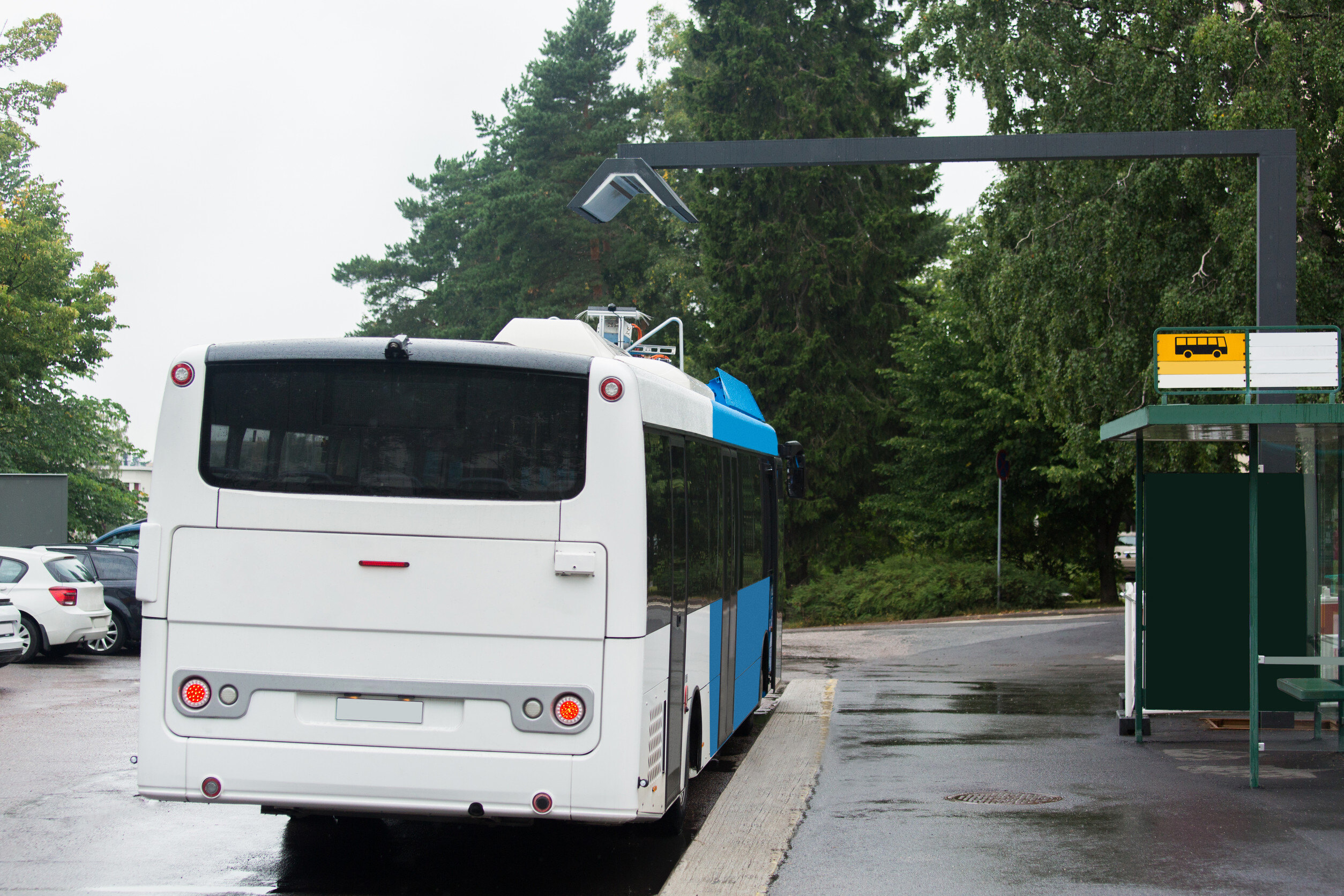2 min read
Hayes v. Suffolk: Court Dismisses Negligence Claim in Bus Crash
Joe Whitcomb
:
March 13, 2025

The case of Hayes v. County of Suffolk involved a personal injury claim arising from a motor vehicle collision. The plaintiff, Macarol Hayes, alleged that his injuries were caused by the negligent positioning of a bus operated by the Town of Huntington’s Huntington Area Rapid Transit (HART) system. The Supreme Court of New York, Appellate Division, Second Department, upheld the dismissal of the claim, ruling that the bus driver’s actions merely provided the condition for the accident rather than a proximate cause of it.
Background and Legal Issues
In November 2011, Hayes was operating a United States Postal Service vehicle in the course of his employment when he collided with the rear of a stopped HART bus on Pigeon Hill Road in the Town of Huntington. The bus, owned by the Town of Huntington and operated by Marcos Quijano, had pulled off the road to drop off a passenger. While most of the bus was in the shoulder, approximately one-fourth remained in the roadway.
Hayes and his wife filed a lawsuit against the County of Suffolk, the Town of Huntington, and Quijano, alleging that the bus's positioning contributed to the accident. The defendants moved for summary judgment, arguing that Quijano's actions were not a proximate cause of the accident. The trial court granted their motion, dismissing the vehicular negligence claim. Hayes appealed.
Court’s Analysis and Findings
The appellate court affirmed the trial court’s ruling, concluding that:
- A defendant moving for summary judgment in a negligence case must establish that they were not at fault in causing the accident.
- The evidence, including Quijano’s deposition, demonstrated that the bus’s positioning did not cause the collision but merely created the condition under which it occurred.
- Under New York law, liability cannot be imposed on a party that merely furnishes the occasion for an accident rather than being a proximate cause.
- Rear-end collisions generally establish a presumption of negligence on the part of the driver who strikes the vehicle in front unless a non-negligent explanation is provided. Hayes, however, testified that he did not remember how the accident occurred and failed to present sufficient evidence to rebut this presumption.
- The plaintiffs’ expert report was deemed speculative and conclusory, failing to raise a triable issue of fact regarding the defendants’ alleged negligence.
Conclusion and Ruling
The court held that the County of Suffolk, the Town of Huntington, and Quijano could not be held liable, as the bus driver’s actions did not legally cause the accident. The ruling underscores the importance of establishing proximate cause in negligence claims and reinforces the presumption of fault in rear-end collisions when the rear driver cannot provide a non-negligent explanation.
Legal Guidance for Motor Vehicle Collision Cases
Determining liability in motor vehicle accidents can be complex. Our team at Whitcomb, Selinsky, PC assists clients in navigating legal challenges related to personal injury claims and motor vehicle collisions.


